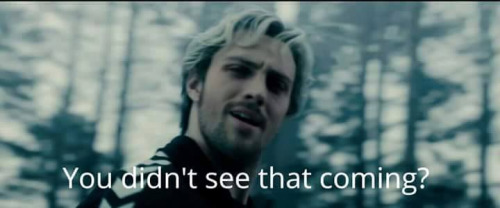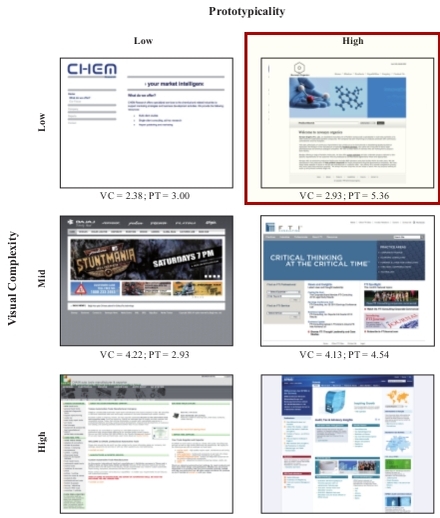
Just in case you don’t know who the character above is, let me enlighten you: this is Quicksilver, a superhero from Avengers: the Age of Ultron with the ability to go at speeds up to 10 Mach, which, apparently, makes him a very frustrated man because everyone is so very, very slow. While most of us struggle to blink, he can be miles away. Even he, however, would not find the speed at which people form first impressions about a new webpage unsettling: according to a google research paper produced by Tuch et al (2012), we don’t need more than 17 ms to form one! Compare that to the fact that it takes about 300 ms for us (normal people, at least) to blink... and be amazed. Then do a little a speculative thinking.
Why do we recommend the paper?
Because it gives concrete data rather than speculations by various gurus on how people form their first impression for a webpage (or a whole website, based on your homepage). We all know first impressions count; knowing how people form them should help us build better web pages.
So, if you are a webdeveloper, webdesigner or in any way making your living from websites, this is worth knowing; that is, if you want to maintain your professional reputation. This is very much true even if you own or want to own a website: you don’t want anyone selling you snake oil advice on how they can build you a super-innovative website that is instantly hooks customers, do you?
What we like about it?
First, their great summary of research on this topic. On pg 4 you can see a beautifully concise and clear table summing up most of the research done on the subject. It takes about 10 minutes to peruse and understand it. Since most of our readers are not scientists themselves, a good and clear summary is worth a lot.
Second, because of their experimental results. Tuch and his team investigates the role of two variables on perceived attractiveness of a web page: is a visually complex web page more attractive or less attractive? is a highly original and uniquely designed website better or worse in terms of first impressions? The first variable is known as "visual complexity" and the second, "prototypicality".

To answer this questions screenshots of real websites varying in visual complexity (low vs. medium vs. high) and prototypicality (low vs. high) were rated on perceived aesthetics. Added to that is the speed with which screenshots were shown to participants (17 ms - 1000 ms).
Results reveal that VC and PT affect participants' aesthetics ratings within the first 50 ms of exposure - and in the second experiment - even within 17 ms. Results suggest that VC and PT affect aesthetic perception even within 17ms, though the effect of PT is less pronounced than the one of VC; when presentation time increases the effect of PT becomes as influential as the VC effect. Overall, websites with low visual complexity and high prototypicality (see in the image above, the webpage marked with a red rectangle) were perceived as highly appealing.

Some lessons
"I like it. As it turns out, we were right in our approach from the very beginning of our activity: always try to convince clients to opt for simpler, cleaner homepages. We did that on instinct, reinforced by visitor feedback and traffic data and a lot of experience. Now, we have solid research data to back our experience up" - was Lorin Morar’s first reaction after discussing this paper.
The web developer team leader at ke Solutions, Cornelia Farcas is not fully convinced, however, that prototypicality impact is so crucial:
"Regarding their prototypicality results - as opposed to some truly original and unique layout - I have to admit that, at least to me, that is less clear. Yes, results suggest that 'departing from the herd' may cost you. However, remember that most people stay on a webpage significantly more than 17 ms. While first impressions are important, your perception of the a webpage accumulates in time and content or usability may very well trump it in the end. In any case, what is clear is that highly original layouts combined with complex design are a risky choice and, as a web developer, you should make that as clear a possible to the client".

If you want a professional website and you like the way we work, let us build for a website that truly excels at first and... lasting impressions! Contact us now and we’ll tell you how.







Posting comment as guest.
If you already have an account, please LOGIN.
If not, you may consider creating on. It’s FREE!